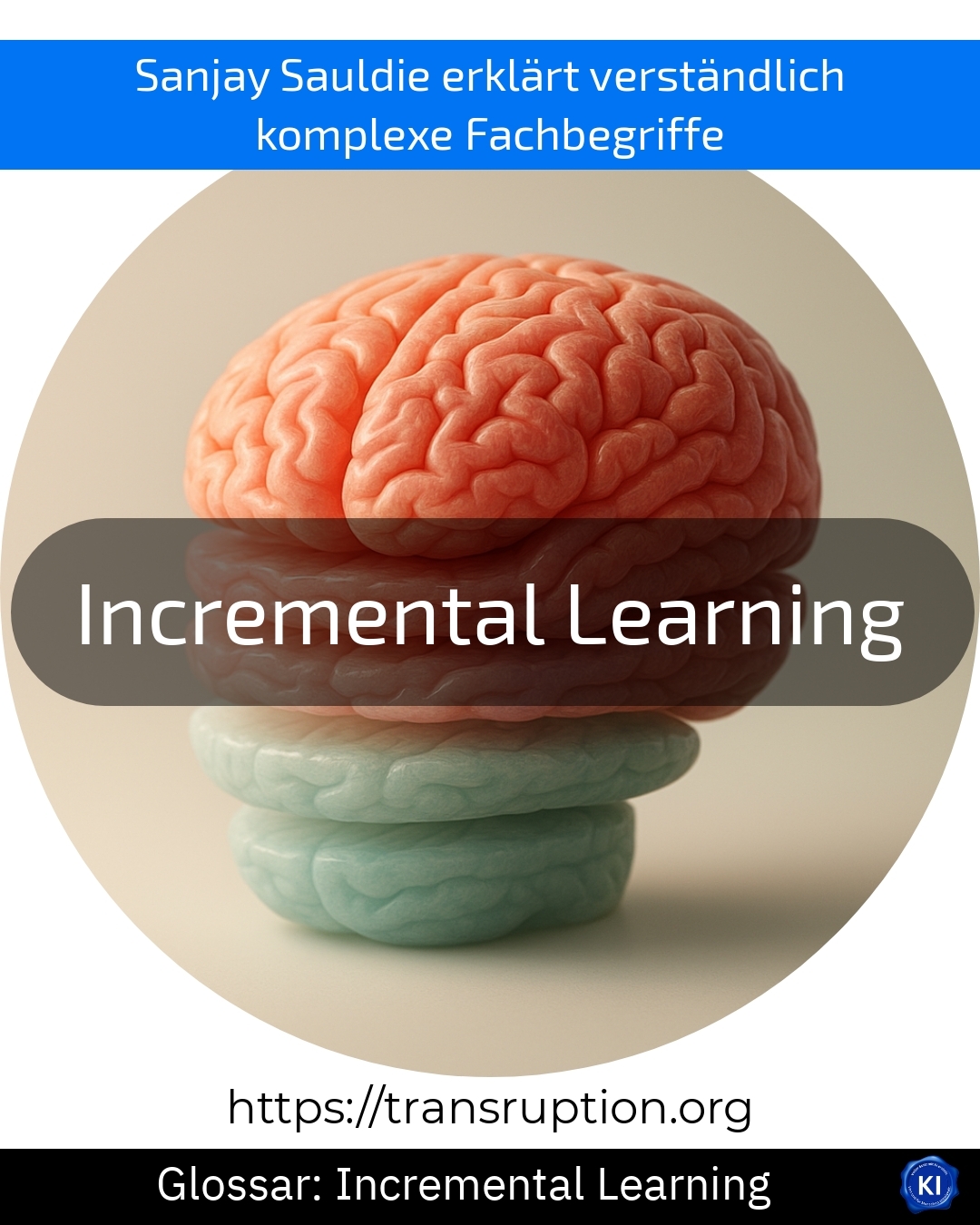Incremental learning is particularly at home in the field of artificial intelligence and in connection with big data and smart data.
Incremental learning means "step-by-step learning". In contrast to traditional learning methods, a system does not learn everything from a huge data set at once, but learns a little bit at a time as soon as new data appears. This means that not all data has to be re-analysed each time - saving time and computing power. Incremental learning is therefore particularly useful when new information is constantly being created, such as in large companies or online platforms.
A typical example: A spam filter for emails that uses incremental learning recognises a little more about what fraudulent messages look like with each new spam email. If a new type of spam suddenly appears, the filter can recognise it on an ongoing basis and improve itself - without having to retrain the entire system.
Incremental learning offers companies the advantage of keeping pace with dynamic changes by ensuring that their AI solutions are always up to date. This allows them to react more quickly and efficiently to new challenges or data.















